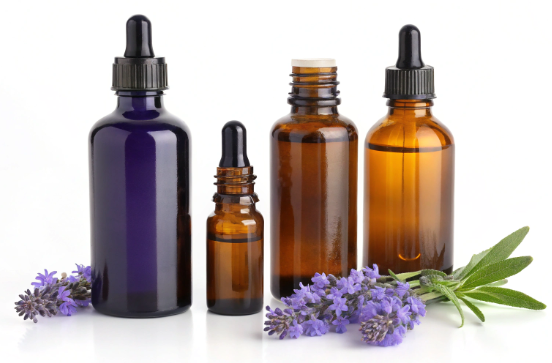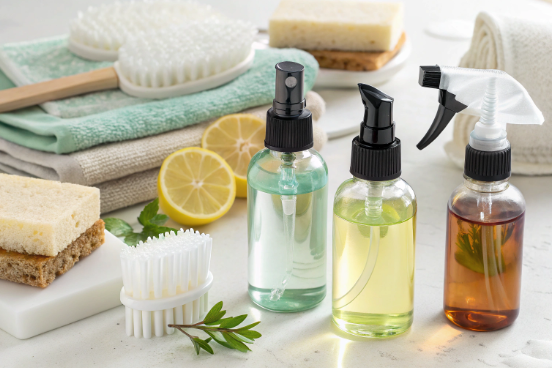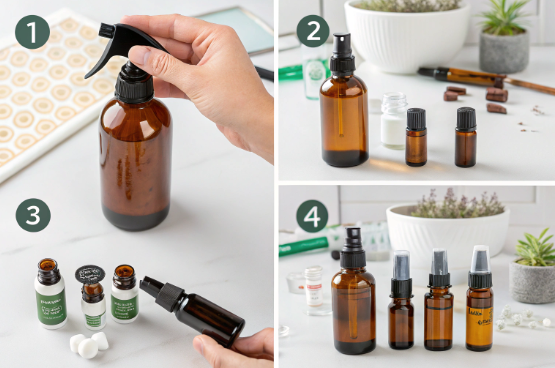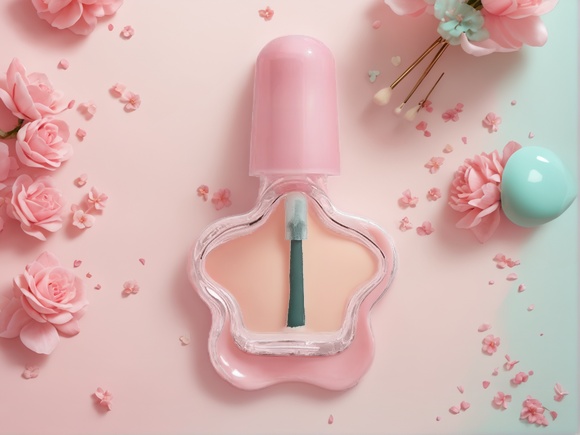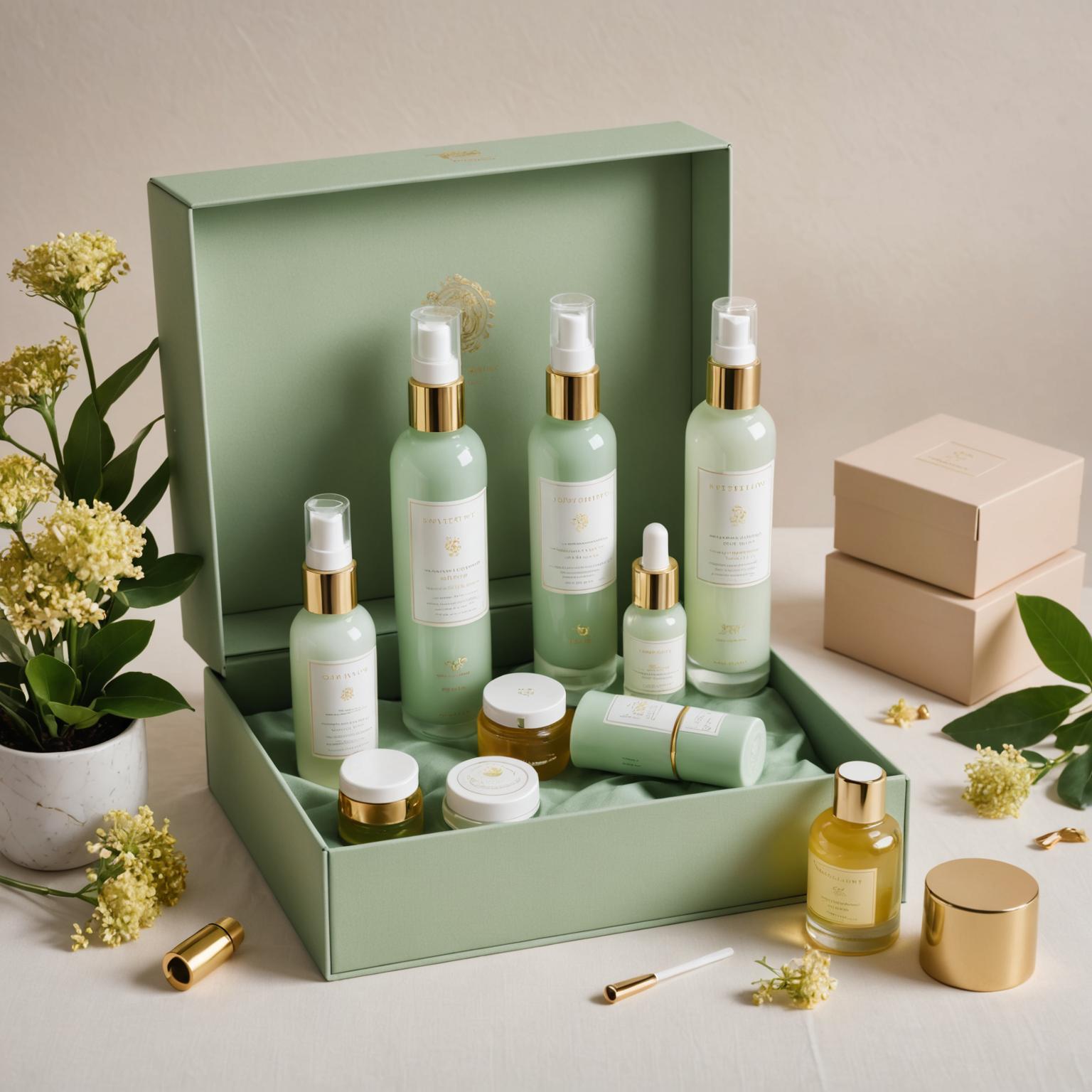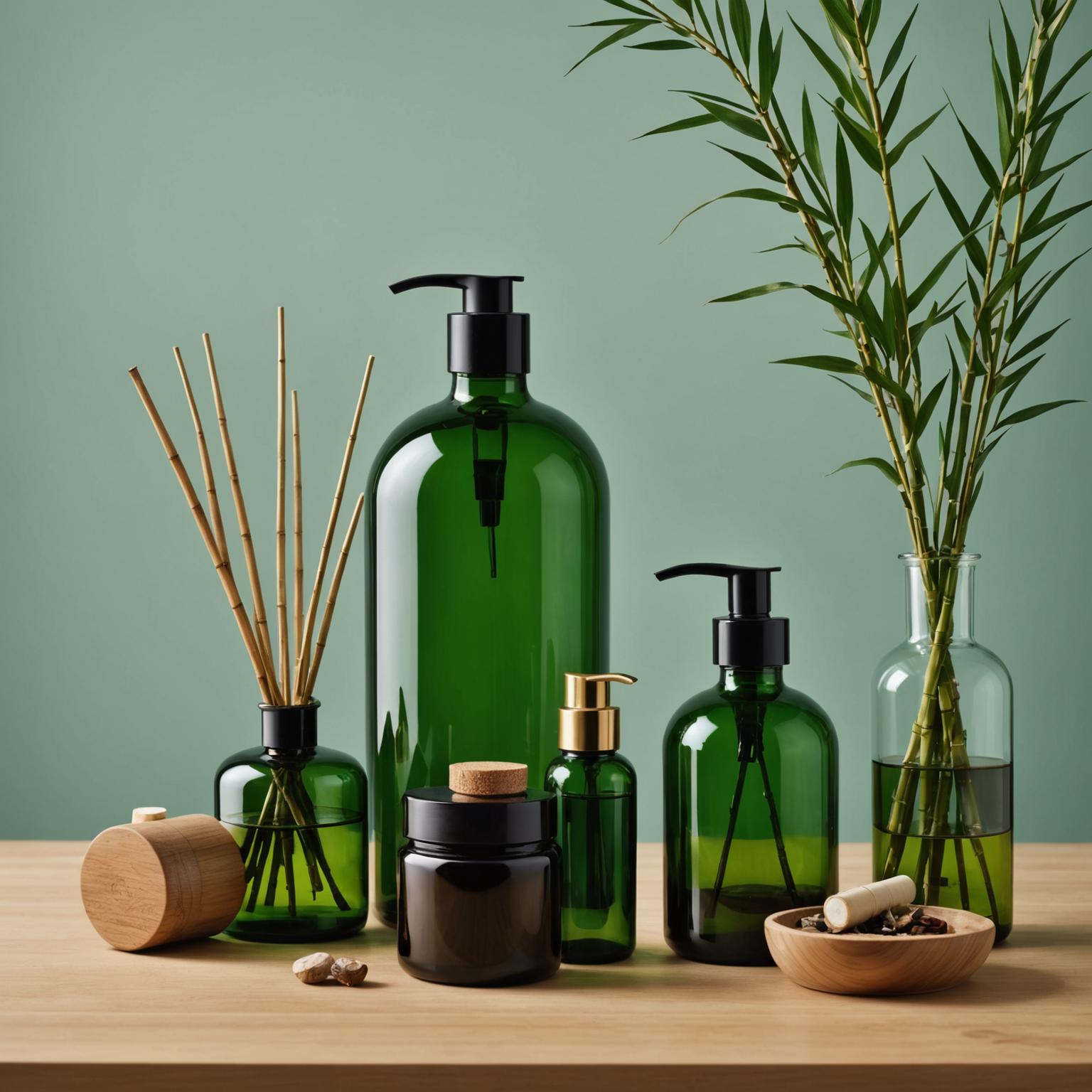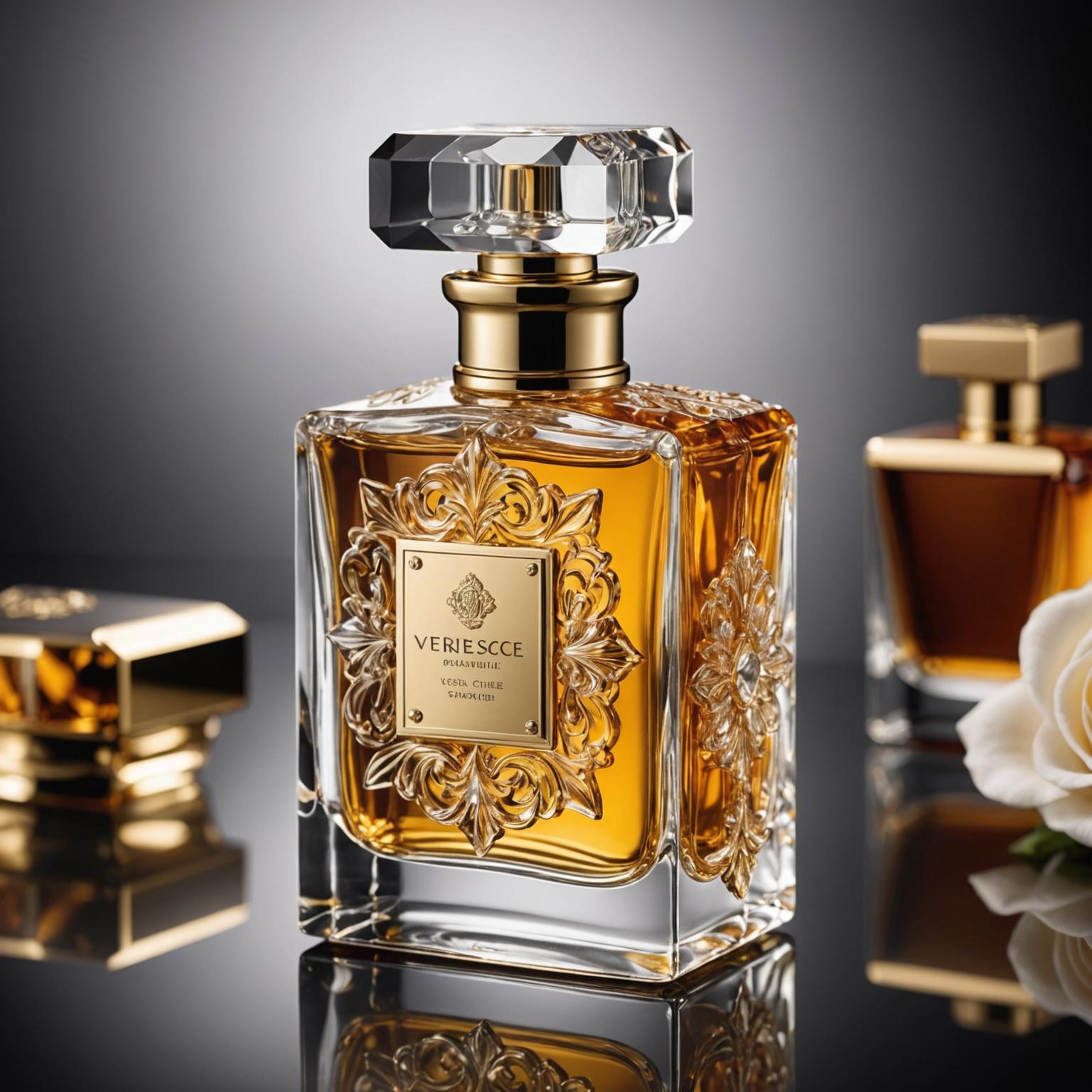Sticky residue, lingering smells, and hard-to-reach corners—essential oil bottles may be small, but cleaning them can be a surprisingly big headache.
To clean essential oil glass bottles effectively, use a mix of hot soapy water, alcohol, and time-tested sterilization techniques to remove oil residue, neutralize odor, and ensure they're ready for reuse.
Let’s walk through each cleaning challenge one by one—and offer practical solutions for brand owners, DIY enthusiasts, and bulk buyers alike.
How to clean essential oil bottle glass?
Oil buildup and residue don’t just ruin aesthetics—they also affect formula integrity and reuse safety.
Start with warm, soapy water and follow up with a white vinegar or rubbing alcohol rinse to fully break down and lift leftover essential oils.
Dive Deeper: Why soap alone isn’t enough
When you deal with essential oils, especially thicker oils like patchouli or sandalwood, regular dish soap struggles to break through the viscous layers. That’s why a two-step approach is key.
Step-by-Step Cleaning Method:
| Step | Tool/Ingredient | Purpose |
|---|---|---|
| 1 | Warm soapy water soak (10–20 min) | Loosens oil film |
| 2 | Bottle brush or cotton swab | Reaches tight corners |
| 3 | Vinegar or 70% alcohol rinse | Degreases and deodorizes |
| 4 | Air dry upside down | Prevents trapped moisture |
At PauPack, we design bottles with easy-to-clean necks and compatible caps, making this process more efficient—especially for clients who clean in bulk.
How do you sterilize glass bottles for oil?
Cleaning removes dirt, but sterilization ensures safety—especially if you're repurposing bottles for skin-contact formulas.
Sterilize glass bottles by boiling them for 10 minutes or using a hot dry cycle in a dishwasher; avoid this step with plastic or bamboo closures.
Dive Deeper: Choose the right sterilization method
Sterilization isn't one-size-fits-all. For example, while boiling is simple, it’s not ideal for decorative bottles with painted finishes or labels that can peel.
Comparison of Sterilization Methods:
| Method | Suitable For | Caution |
|---|---|---|
| Boiling (10 mins) | Plain glass bottles | Remove caps and seals first |
| Dishwasher (hot cycle) | Durable glass | Not effective for heavy oil residue |
| Alcohol soak (70–90%) | All surfaces | Let evaporate fully before reuse |
| Oven (preheated 250°F, 15 mins) | Thick-walled glass only | Risk of cracking thin glass |
At PauPack, we always recommend sterilizing bottles before bottling high-purity oils or creating blends for retail sale. For large volume clients, we offer pre-sterilized packaging options upon request.
How to clean an essential oil spray bottle?
Spray bottles come with extra parts—nozzle, straw, trigger—making cleaning more complex than standard dropper bottles.
Disassemble all components, soak them separately in warm soapy water, then flush the spray mechanism using vinegar or alcohol to remove trapped oil.
Dive Deeper: Prevent spray clogging and cross-contamination
Essential oils tend to gum up spray mechanisms over time, especially heavier blends like citrus or resin-based oils. Regular maintenance keeps your bottle performing smoothly.
Detailed Cleaning Instructions:
-
Remove nozzle and straw — Soak in warm, soapy water.
-
Flush system — Spray vinegar or rubbing alcohol through the nozzle.
-
Use a pipe cleaner or syringe — For deep cleaning inside the sprayer stem.
-
Air dry — Let all parts dry completely before reassembly.
PauPack's essential oil spray bottles are designed with removable heads and high-precision pumps, reducing clogging issues—ideal for brands creating face mists, linen sprays, or aromatherapy blends.
How to get essential oil smell out of glass bottles?
Even after cleaning, some scents—like peppermint or tea tree—seem to linger forever.
Soak the bottle in a baking soda and vinegar solution overnight, then rinse thoroughly to eliminate persistent odors.
Dive Deeper: Odor removal tips that really work
Essential oil molecules are tenacious. They can cling to microscopic pores in the glass or even to leftover resin in caps. Here’s how to reset the scent memory of your packaging:
Odor Removal Recipes:
-
Baking Soda + Water Paste: Apply inside the bottle, leave 30 mins, rinse.
-
Vinegar Soak (1:1 water): Leave overnight, then air dry upside down.
-
Charcoal Insert: Place a small activated charcoal piece inside for 24 hours.
Pro Tip: Store cleaned bottles in a cool, dark place to avoid reactivating residual oils with heat or sunlight.
At PauPack, we use high-borosilicate and amber glass that better resists odor retention and UV degradation—perfect for clients needing high-turnover, refillable packaging.
Conclusion
Cleaning essential oil bottles is more than hygiene—it's part of your product quality and brand trust. With the right methods, even used glass bottles can be refreshed and reused beautifully.




